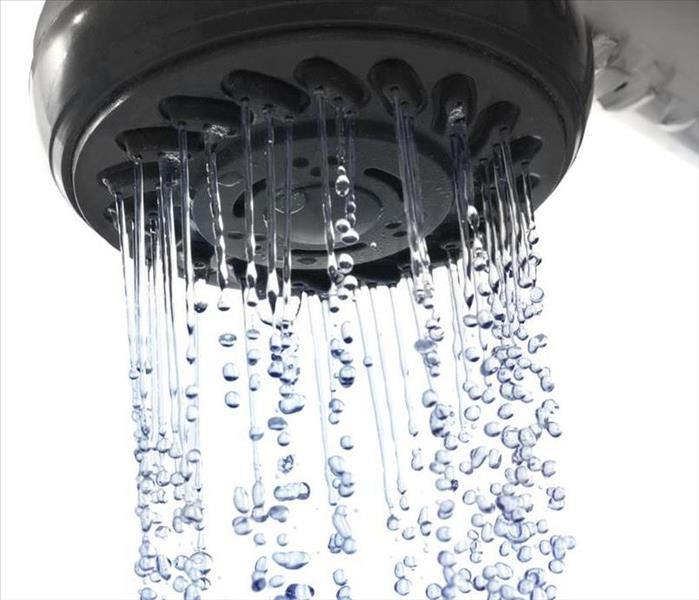How To Identify and Locate Shower Leaks in Your Home
4/11/2022 (Permalink)
A shower or bathtub leak can cause extensive damage to your Bath, NC, home in a short amount of time. Unfortunately, such leaks are not always obvious. The longer you allow a shower leak to linger, the more problems it will cause.
Conversely, if you identify a bathroom leak right away, you can quickly contact a disaster restoration company. Professionals can then address the issue before it causes extensive damage.
Knowing how to detect a bathtub or shower leak is thus an important skill. Here are four signs of a potential bathroom leak in your home.
4 Signs of a Shower or Bathtub Leak
1. Floor Damage
Most bathroom floors are designed to withstand a bit of water. After all, some liquid probably spills onto the floor each time you shower or bathe. However, if you notice cracks or stains on the floor, there is probably excess water leaking in the bathroom.
2. Wall Warping
Bathroom walls are similarly able to hand a basic amount of water. If they start to bow or stain, they are likely being exposed to liquid from a leak. You should regularly check the wallpaper and paint for blisters, as well. That is because water leaks can affect the bond between the wall and its covering.
3. Ceiling Stains
Water in the bathroom may seep through the floors and stain the ceiling of the room below. Blistered paint or a sagging ceiling is another potential warning sign.
4. Mold Sights and Smells
Since mold thrives in moist areas, it is a telltale sign of excess water. Mold in grout or caulk could be evidence of a hidden leak. Even if you do not see mold, a musty odor could be evidence of the fungus.
Possible Locations of a Bathtub or Shower Leak
Once you suspect that there is a leak in your bathroom, you need to discover the source of the problem. You could have a drain, tile, floor, shower head or shower pan leak.
There are different tests you can perform to identify the location and cause of the leak. Start by checking the shower head for clogs.
Water could also seep behind walls if you have cracked tiles in the shower. Try soaking each shower wall individually to see if any leaks become apparent.
The shower floor is another common leak location. Test for floor problems by emptying several buckets of water into the tub or shower. You may have to wait several hours before any signs of a leak develop.
Once you have definitively concluded that you have a bathtub or shower leak, it is time to call in the professionals. The water from a leak can rot various wooden support fixtures, causing roaches and other bugs to enter the premises. Mildew and mold could also grow in damp areas of the home. The restoration process is thus often complex and should only be attempted by experts.
A shower or bathtub leak can cause great harm to your home. Recognizing the signs of a leak and understanding how to identify the leak's location should help you address the issue promptly.






 24/7 Emergency Service
24/7 Emergency Service
